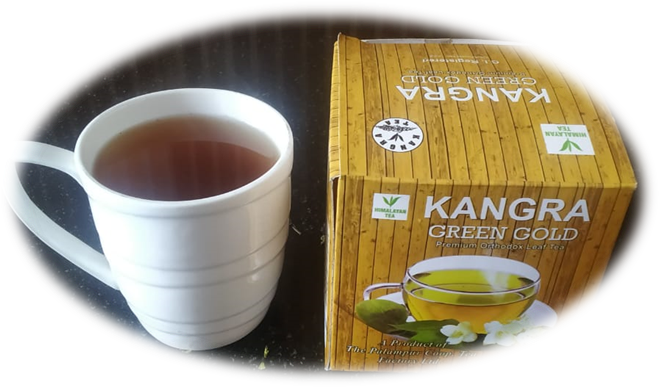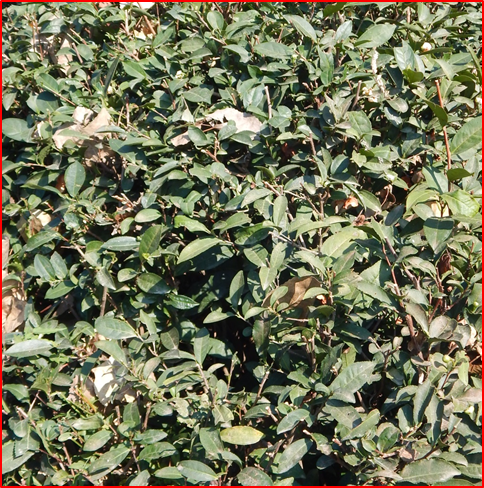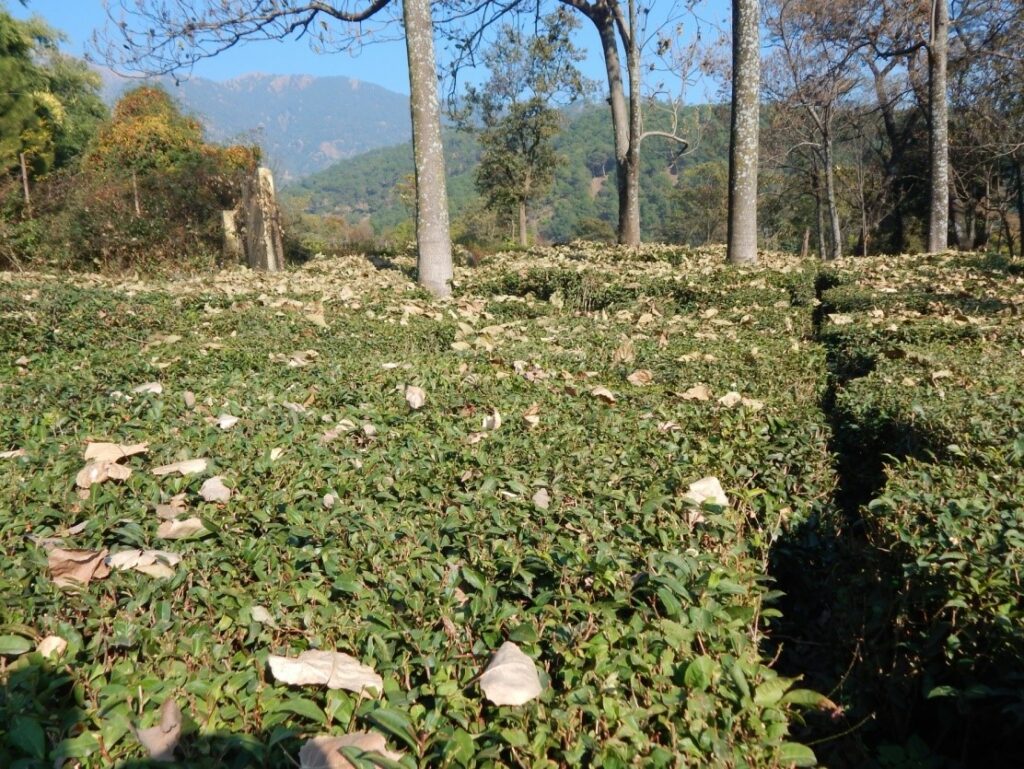Tea is a universal beverage and it is consumed by people worldwide. To kick start the day in the right way, a hot cup of tea is a must. We relish this unique drink from dusk to dawn and sometimes even after meals at night. Thus, tea culture is deeply established in our society and usually, this beverage is first offered on casual or occasional rendezvous with the near and dears ones including friends, relatives, or any fellow for that matter. Serving the popular drink with mild snacks or savory to guests is a routine practice at our homes. Similarly, say it is small discussions or big meetings in offices, tea is served for sure. The popularity, demand, and consumption of tea can be gauged from the fact that India is the second largest producer of tea after China.

The history of tea cultivation in China traces back many thousand years. While the credit for introducing tea in India goes to the Britishers during the colonial era. The first tea garden was raised by them in Darjeeling Hills, West Bengal around 1856. Presently, there are many tea estates in our country, and tea cultivation is prevalent in Assam, Tripura, West Bengal Tamil Nadu, Kerala and Karnataka, and some other states. Today, the tea industry not only provides work to a considerable number of people but also contributes significantly to the economy of the country.
The botanical name of the tea plant is Camellia sinensis and it belongs to theaceae family. The plant requires a mix of warm and humid climates and prefers to grow in well-drained soils having an acidic character. The plant attains a height of more than one meter in cultivated conditions. It bears light to bright green leaves in an alternate fashion. The flowers of the tea plant are whitish-yellow in color. The leaves are harvested manually or by machine, and subsequently processed to prepare fermented, unfermented, and semi-fermented varieties of tea called as black, green, and oolong in common parlance. The tea prepared from hand-picked leaves is considered the best in quality. Due to the presence of various chemical components and bio-active components, there are several scientifically approved health benefits associated with tea. A cup of tea relaxes the body, reduces fatigue, and invigorates the immune system to fight against diseases.
Kangra Valley of Himachal Pradesh is an enchanting destination spread amidst the snowy expanse of scenic Dhauladhar Mountains. Popularly known as the “Valley of Gods”, it is famous for various temples, pilgrimage places, adventure & archaeological sites, arts, traditional foods, and so on and so forth.
Apart from that, Kangra Tea grown in the foothills areas of the Dhauladhar range is renowned across the world and recognized as a tea of exquisite quality. Kangra tea is prepared from the leaves and buds of the multi-stemmed plant and it comes in variants like orthodox black, white, and green. The black variant has a fragrant lingering taste and Green tea is known for its unique woody aroma. It is the characteristic flavor, aroma, and color of Kangra tea that makes it different from other varieties of tea. Not only this, Kangra tea is also credited with a range of health benefits and is useful in lifestyle-related body ailments. It is rich in minerals, vitamins, and antioxidants.
The history of Kangra tea is more than 150 years old and it has exclusive connection to the China tea estates. Dr William Jameson, the then Superintendent of the Botanical Gardens in Peshawar in the North West Provinces visited Kangra Valley and found that the physical setting and climatic conditions of region are ideal for raising tea plantations. Enthusiastically, he planted Chinese hybrid shrubs at two–three places in the valley. The plants performed well in the Palampur area due to more congenial environmental conditions and subsequently first commercial cultivation of tea was started at Holta near Palampur. Gradually, the tea estates grew in number, and tea from this region was exported to Europe, America, Central Asia, and Australia. According to the references in the Kangra District Gazetteer 1883, Kangra tea is superior to the ones produced in any other part of India. Moreover, it got the golden and silver medals at the international tea convention in London and Amerstdam way back in the late eighties.

A big natural calamity in the form of a massive earthquake occurred in Kangra in 1905. The earthquake claimed a big number of lives and huge damage caused to property. The well-established Kangra tea estate also suffered a lot. Even after independence, the tea industry in Kangra Valley was constrained due to a plethora of problems including fragmented and marginalized farming practices, traditional harvesting methods, communication gaps between growers and government, less availability of labor, pest attacks, etc. Thus, the Kangra tea industry was in doom and unable to gain its lost glory.
But due to the endeavors of local tea growers and constant support of central and state government agencies, Kangra tea revived over the years. It got the Geographical Indication Certification or GI tag. It is a kind of intellectual property right given by the Registrar of Geographical Indicators, Chennai. The GI tag specifies that a particular product originates from a specific region and stipulates the origin of a product in a specific geographical region and possessed characteristic properties hallmarking that region. Apart from that, very recently, the European Commission (EC) has also awarded Geographical Indication Tag (GI tag) to Kangra tea. The protected GI tag bears the testimony of global recognition to the fragrant and healthy product of Himachal Hills. It will also help Kangra tea to enter the international market and prove its worth worldwide once again.
So, in your blend of teas in the kitchen, do include Kangra tea full of antioxidants and anti-inflammatory properties. Just enjoy a cup of this nice Himalayan tea occasionally if not regularly.

With over 15 years of experience in Forest Ecology, Soil Analysis, and Herbarium methods, Dushyant Kumar, from Himalayan Forest Research Institute (HFRI), Shimla, has published research and technical papers related to Plant diversity, Forest Soil Properties and Medicinal plants.
Preferring to stay close to nature life cycles, he is a staunch supporter of sustainable management of nature’s resources of forests, land and rivers.






